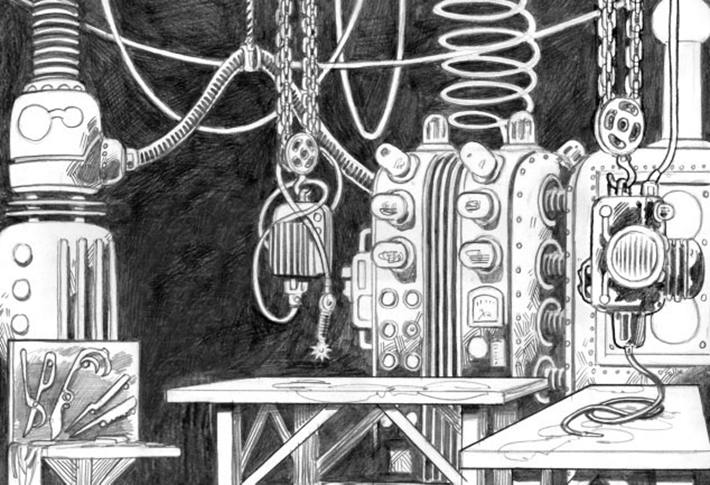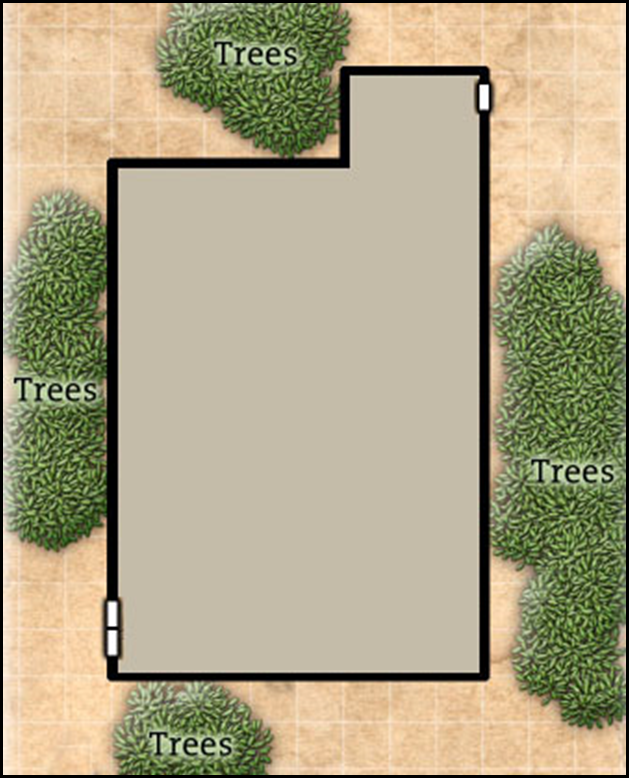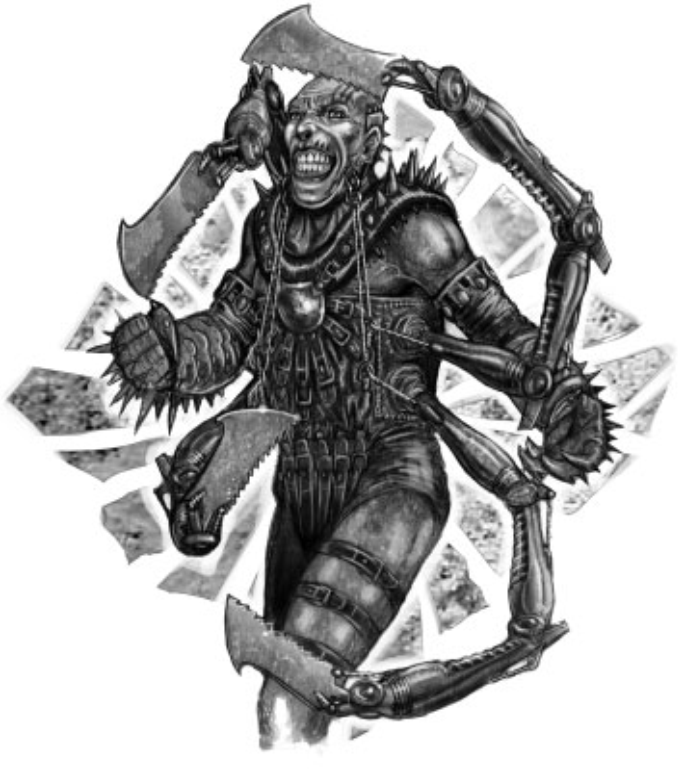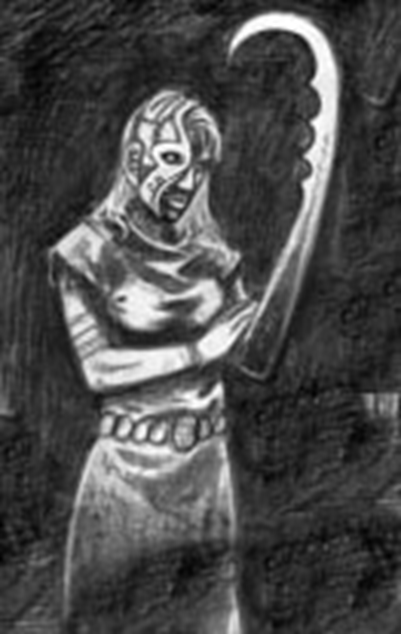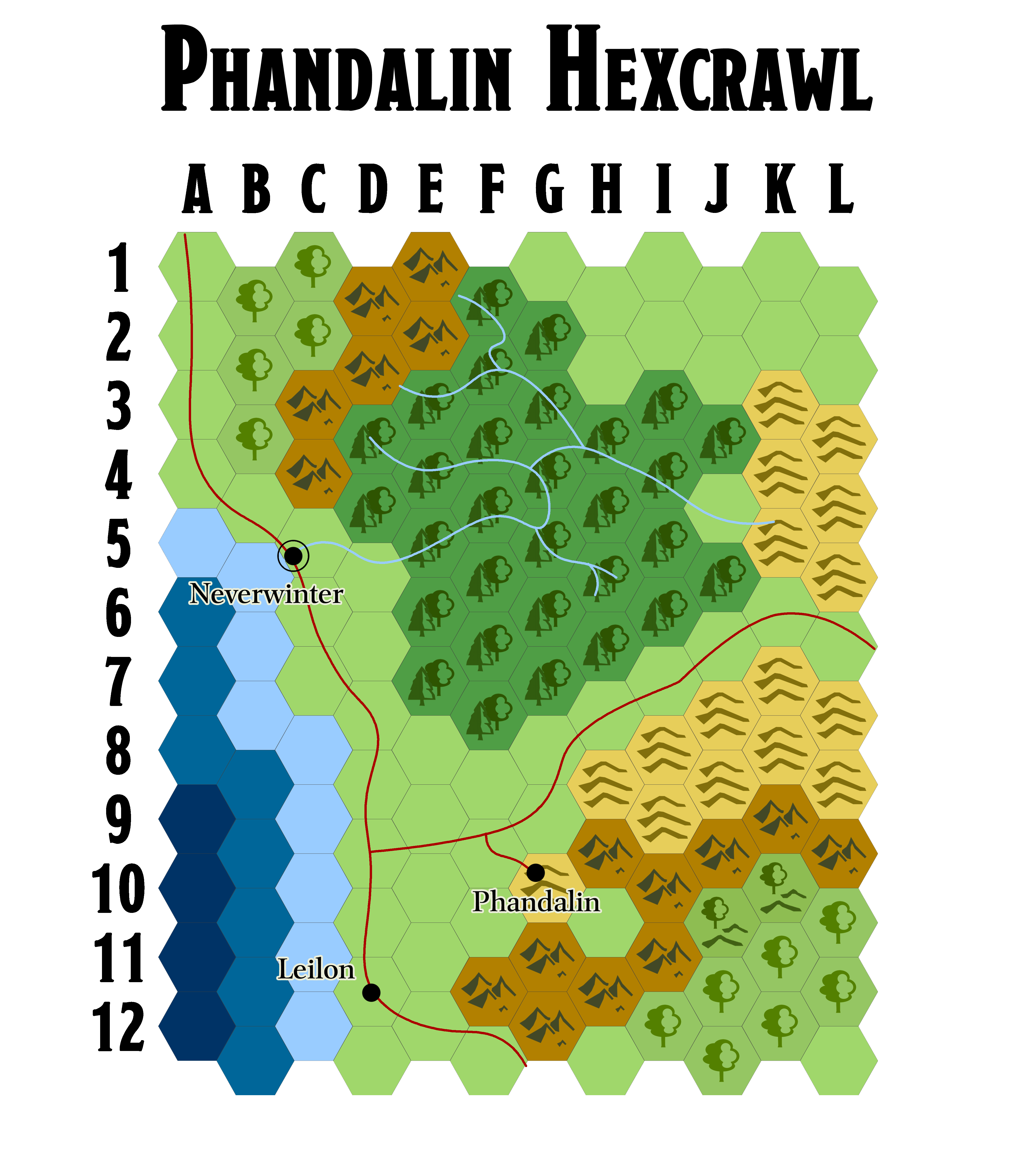DISCUSSING
In the Shadow of the Spire – Session 37C: Iltumar’s Folly
When everyone gathered back at the Ghostly Minstrel, they met Agnarr’s news regarding Iltumar with exasperation and impatience. They felt universally that they were facing “another Phon”, who would thank them little for trying to extricate them from a situation of their own creation.
“I’m less worried about Iltumar than about the woman who went looking for him,” Agnarr said.
“That’s true,” said Elestra (who had actually met Lavis). “I empathize with her.”
“And she shouldn’t suffer just because Iltumar is an idiot,” Tee said.
It’s not unusual – primed by published adventures, computer games, and simply practicality – for campaigns to be studded with patrons: NPCs who ask the PCs to do thing for them, usually in return for money, a favor, or some other form of remuneration. You need to hook the PCs into an adventure, and the easiest thing in the world is for an NPC to simply walk up to them and say, “I need you to go to X and do Y.” In this case, “I need you to investigate a warehouse and try to rescue Iltuamr (and Lavis).”
In fact, many campaigns are entirely structured around patronage, with either one NPC or a rotating cast of patrons cycling through to deliver episodic assignments.
Patrons can also take many forms: Shadowrun has its Mr. Johnsons. Paranoia has The Computer. You could even imagine a campaign where the PCs are Delphic Oracles, receiving their missions through divine visions.
There are ways this can go wrong, of course. One of the worst case versions is the mail carrier scenario hook, where the PCs are reduced to being mundane messengers doing boring, menial tasks. Many GMs have also experienced the potentially disastrous consequences of having a patron betray the PCs, causing a loss of trust which can permanently break patronage as a scenario hook in not only that campaign, but any other campaigns the GM might run.
(There are ways to pull off these double crosses, but that’s a topic for another time.)
But even when their patrons are playing fair and the task list is appropriately juiced with important stakes and duties that clearly only the PCs are capable of achieving, you can still reach a point where the players get fed up with a patron: Why is this guy nagging us? Why can’t he clean up his own messes? Why do we always have to do what he says?
In some cases, the solution is to up the pay. In others, it may be time to cycle in some new patrons and freshen up the premise. Or perhaps have their patron “level up” their participation, revealing some new level of the conspiracy, increasing their resources, giving them an opportunity to buy into the organization, or unlocking a new tier of targets.
This is particularly essential, of course, in an episodic campaign where you’re counting on that NPC to deliver the scenario hook each week. In a more varied campaign, the players’ interest in something getting burnt out is less of a problem: They’ll pursue a different lead. Or, in a sandbox, decide for themselves what they want to do next. When they turn down a job or duck the patron’s calls, you can just follow through on the consequences (e.g. Phon dies in a house fire) and then follow the PCs’ lead.
In the specific case of Iltumar, “the hero-worshipper who’s been following you around gets ‘kidnapped’ by cultists and needs to be rescued” was basically the endgame I’d been laying the groundwork for since introducing Iltumar at the beginning of the campaign.
If you’ve been following these campaign write-ups for a while, you’ll probably also be unsurprised to discover that I’m not actually invested in whether or not the PCs help Iltumar: If they do, things go one way. If they don’t, then Iltumar-as-chaositech-altered-cultist would be a fascinating subplot to see play out.
(As you’ll see by the end of this session, the PCs figured out an option I had never even considered.)
Not caring whether the PCs do what a patron asks them to do, of course, makes everything easier. And if your players can break the ingrained expectation of “you’re supposed to do what the NPC tells you to do” (dilemma hooks are useful for this), you can get really liberated. Now patrons aren’t a method for the GM to take control of the campaign’s agenda; they’re just another vector for information, and the players remain in charge of their destiny.
Campaign Journal: Session 37D – Running the Campaign: Losing a PC
In the Shadow of the Spire: Index



